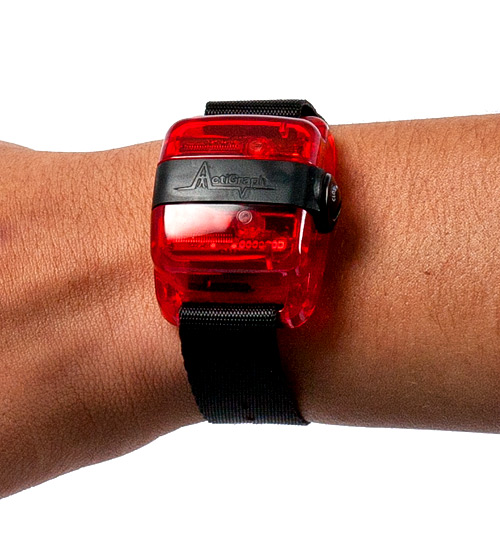 If you are interested in tracking physical activity you have likely heard of the Nike Fuel Band, the Fitbit, and Garmin watches.
If you are interested in tracking physical activity you have likely heard of the Nike Fuel Band, the Fitbit, and Garmin watches.
These are examples of consumer grade activity monitors.
However, in the rapidly expanding world of physical activity research we generally do not use Fuel Bands or Fitbits to assess outcomes of clinical trials or to look for patterns related to disability. The majority of researchers interested in accurate assessment of physical activity use Actigraph accelerometers.
Actigraph monitors were selected as the instrument of choice for the National Health and Nutrition Examination Survey (NHANES) in the US, and have been most extensively validated for research use.
These monitors are pretty slick – they provide you with raw acceleration data from three axes, as well as many options for analysis (breakdown of intensity, sedentary time, sleep, calories etc.)
BT is Bluetooth equipped, making transferring data relatively simple. So why are these devices not being picked up in the consumer wearable market? There are a few reasons:
- The devices are expensive. They run about $225 USD per monitor;
- The software is even more expensive at $1495 USD;
- The devices do not have a display of any kind…so in order to look at your data you need to upload it and analyze….with the expensive software. There are options for feedback and interaction but you need to pay for those as well; and
- They are a little awkward to wear…..so far they are all hip worn and need to be attached to either an elastic strap (that you also need to purchase!) or to your own very very slim belt.
Don’t get me wrong – these devices are fabulous for the purpose of research. However, if the Actigraph is looking to make a dent in the wearable market (which may not be the case), there is some work to be done.





